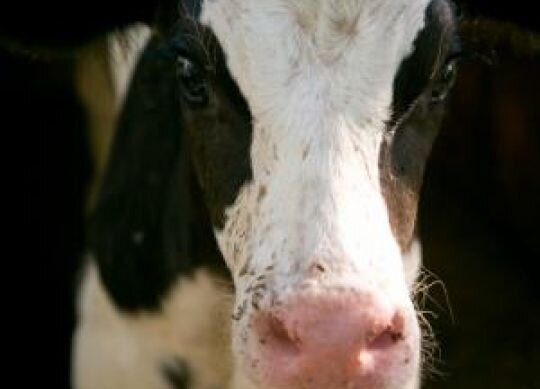Winterizing Calves
The cooler days and nights are here, and a good reminder of taking steps to winterize the things in our lives: vehicles, homes, and wardrobes. Winterizing is a proactive solution that helps us avoid problems associated with dropping temperatures and is a tactic that can also be applied to your calves.
When the temperature is low, a calf’s body responds by producing heat (thermogenesis), which for a newborn calf is often produced one of two ways—The breakdown of brown fat (BF), which is readily available energy. Or by shivering, which produces heat in a similar way to exercising or moving around. The latter can and should be avoided as it takes energy from the calf that could be used for growth and health.
How to winterize calves:
Maternity Pen – Keep this area clean and dry. If necessary, add new bedding daily and clean out the old once per week. Once a new calf is born, consider using a towel to dry it off before moving it to a hot hutch or warming area.
Warming Area – This can be a hot hutch or an enclosed area with straw and heat lamps (use proper safety measures for installing and using heat lamps inside). Heating areas are critical for calves as it allows them to dry, breakdown BF, and rest without shivering (utilizing more energy than needed). It is equally as important to keep this area clean, dry, and not too crowded. It is recommended that calves be moved once they are dry, fed colostrum, and all newborn protocols complete.
Hutches – These three-sided wind breaks can do a great job keeping calves warm if they are well bedded (12-18 inches of dry straw). Calves should be able to nest into the bedding with their legs completely covered and not visible. In addition, use calf jackets when night temperatures are consecutively under 40° F, and continue to use if the ground is frozen. Another precaution during windy/snowstorm weather is to insert a hutch door in the opening of the hutch. Certain hutch brands provide these, but they can also be constructed with straw bales, plywood, or other sturdy material.
Feed – Calves 21 days and younger require at least three liters of milk per day just to fulfill their maintenance requirements. The thermoneutral zone of calves is 50-78°F, for every degree below 50°F, a 1% increase in energy is required. For example, at 20°F, calves need 30% more energy to stay warm and healthy. Work with your nutritionist and veterinarian to incorporate one or all the below tactics:
- Add a third daily feeding of milk replacer or increase milk volume per meal.
- Increase the fat content (no more than 15% total solids) of your milk replacer feedings or by adding an enhancer or fortifying powder, if feeding whole milk. Gradual increases are best to avoid scours.
- Improve starter-grain intake in older calves who can compensate for higher nutrition demands in cold conditions by eating more starter.



